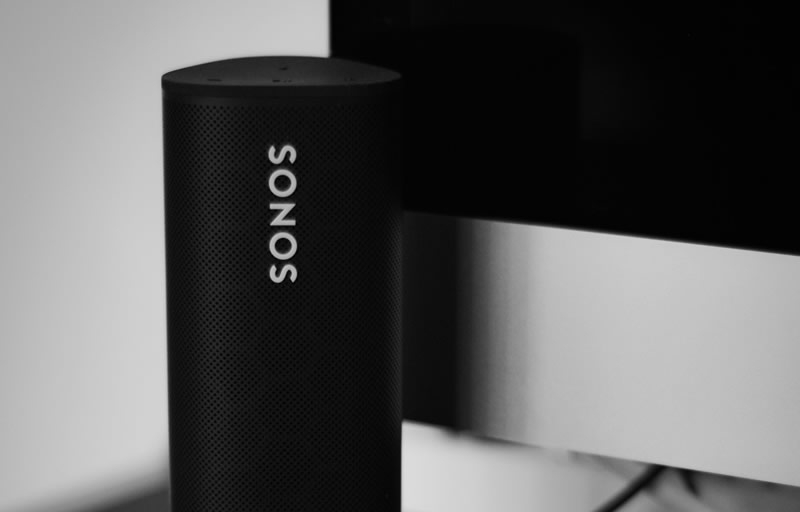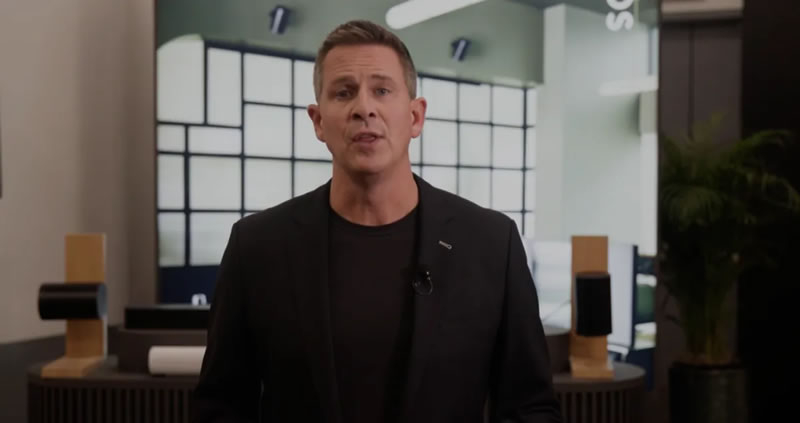Earlier this year, Sonos launched a new app for interacting with its audio systems. This release became one of the most disastrous software updates in the history of consumer technologies, leading the company to a crisis from which it has not been able to emerge for more than four months, Bloomberg comments on the situation. The audio equipment maker has already reported a $200 million drop in annual revenue and delayed the release of two new products.

Image source: Oleg Bilyk/Unsplash
The update, designed to improve the user experience, turned out to be a real disaster in the form of numerous bugs and the lack of basic functions that were available before. In an attempt to understand the reasons for the failure, Sonos CEO Patrick Spence commissioned company lawyer Eddie Lazarus to conduct an internal investigation. Lazarus, known for his work on the U.S. Supreme Court, conducted dozens of interviews with staffers and reviewed records of meetings, submitting his report in late July. The contents of the report have not been disclosed, but according to sources familiar with the situation, it sheds light on the company’s internal problems.
It is alleged that one of the main reasons for the failure was management’s ignorance of the so-called technical or coding debt. In software engineering, this means years of accumulated problems associated with legacy code and its architecture. Sonos delayed resolving this issue for two decades, which led to global difficulties in developing a new application. According to Lazarus, Sonos had every opportunity to fix the situation earlier, without bringing it to a critical point.
Let us remember that with the release of Sonos Ace wireless headphones, which the company needed like “air and water” in the context of slowing sales growth after the pandemic and against the backdrop of the expectations of Wall Street investors, a complete redesign of the proprietary application and cloud infrastructure was required. However, on the eve of its release, employees began to sound the alarm, warning management that the application was not ready. According to eyewitnesses, their concerns were ignored and priority was given to plans to attract new clients.

Patrick Spence. Image source: Sonos
In addition, management, wanting to speed up development and reduce costs, cut staff, including quality control specialists, which only worsened the situation. As a result, the company released a crude product to the market, damaging customer trust and jeopardizing its reputation. One former employee noted: “They thought they were making a bold decision, but it was the wrong decision.”
In response to the events, the Sonos CEO even opened an email address where customers can directly send him their comments and complaints. Since May, the number of such calls has increased to more than 30,000 per week. At the same time, the company updates the application every two weeks in order to return the functionality of the old version, but users’ patience seems to be running out.